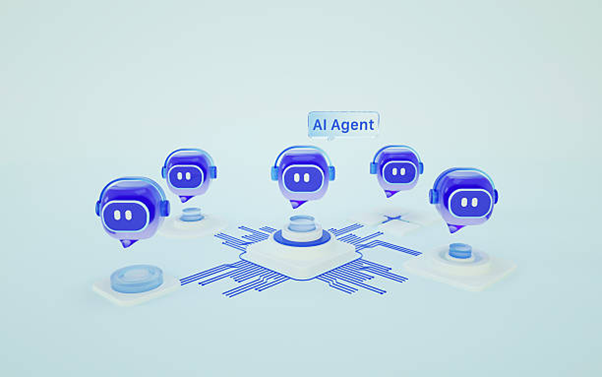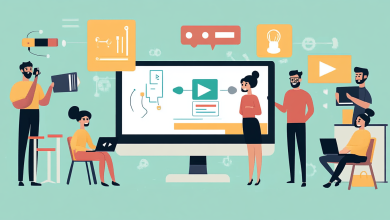
People often get curious about how machines like drones, driverless cars, or smart robots are getting sharper with their actions. The reason is not just one AI program running alone, but several AI systems working together like a team.
This teamwork is called multi-agent AI, and it helps autonomous systems make smarter decisions, share information, and handle tricky situations with ease.
In simple words, it’s like giving machines the ability to talk to each other and act together, making their performance more intelligent and reliable.
What is Multi-Agent AI
Multi-agent AI is when several artificial intelligence systems, called agents, work together like a team. Each agent can make decisions, learn from its environment, and share information with others. When these agents communicate and cooperate, they can solve problems that are too big for one system alone.
Think of it like a cricket team, where each player has a role, but together they win matches. In the same way, multi-agent AI allows machines to handle bigger and smarter tasks.
This same teamwork approach is also inspiring innovations across industries, and even lifestyle products such as Ploom show how advanced technology can bring smarter choices to people in everyday life.
How Multi-Agent AI Works in Autonomous Systems
Autonomous systems are machines that can act on their own without constant human control. With multi-agent AI, these systems can coordinate with each other and respond faster to changes around them.
For example, in traffic management, self-driving cars with multi-agent AI can communicate with each other to avoid accidents, share road updates, and reduce congestion.
The real magic happens when these agents exchange knowledge, as it allows them to take smarter actions in real time. This teamwork is the reason why autonomous systems are getting better and more reliable.
Communication Between Agents
Agents use structured communication to share information. For example, one drone can inform another about obstacles in the air, and both adjust their paths instantly. This makes their operations smoother and more natural, like humans working together in a team.
Cooperation and Coordination
Instead of working in isolation, agents cooperate to achieve a bigger goal. In a warehouse, for instance, multiple robots can coordinate to move packages faster and organize items more efficiently than a single robot could.
Learning and Adaptation
The more agents work together, the more they learn. They share experiences, and this collective learning helps them adapt to new challenges. Just like students in a classroom learning from each other, agents pick up knowledge and improve their decision-making.
Benefits of Multi-Agent AI in Autonomous Systems
Multi-agent AI is opening new opportunities across industries by making systems smarter and more capable.
Faster Decision-Making
When agents share knowledge, decisions happen much quickly. In critical cases like emergency response or defense operations, this quick thinking can save valuable time.
Flexibility in Different Environments
Since agents can adapt and adjust to different settings, autonomous systems powered by multi-agent AI can work in cities, factories, farms, or even space. They don’t need one fixed rule; instead, they keep learning and adjusting.
High Efficiency
By splitting tasks among agents, the overall system works more efficiently. For example, in agriculture, multiple AI-enabled machines can water fields, spray fertilizers, and monitor crop health all at once, saving both time and resources.
Real-Life Uses of Multi-Agent AI
Multi-agent AI is not just a theory. It is already being used in many exciting ways.
Self-Driving Cars
Cars that drive themselves can communicate with nearby vehicles, traffic lights, and sensors on the road. This communication helps them avoid jams and reach destinations faster and safer.
Drones and Delivery
Delivery drones with multi-agent AI can coordinate routes to avoid flying into each other. In disaster relief, a group of drones can cover large areas quickly to deliver supplies or locate people.
Smart Factories
In industries, robots work as a team to assemble products, pack goods, and manage stock. This cooperation reduces delays and improves productivity.
Healthcare Support
In hospitals, AI-powered robots can support medical staff by coordinating movements, delivering medicines, and assisting in surgeries with higher accuracy.
Space and Research
Autonomous rovers on Mars or satellites in space can use multi-agent AI to share data and support missions without waiting for commands from Earth. This helps scientists gather faster and richer information.
Conclusion
So next time you see a self-driving car, a delivery drone, or even a robot assistant, think about the hidden teamwork behind them. Multi-agent AI is making autonomous systems smarter by letting them communicate, learn, and work like a team. This technology is not just about machines being independent but about them working together for smarter solutions. With this approach, the future of autonomous systems looks brighter, more capable, and ready to handle the needs of tomorrow.


